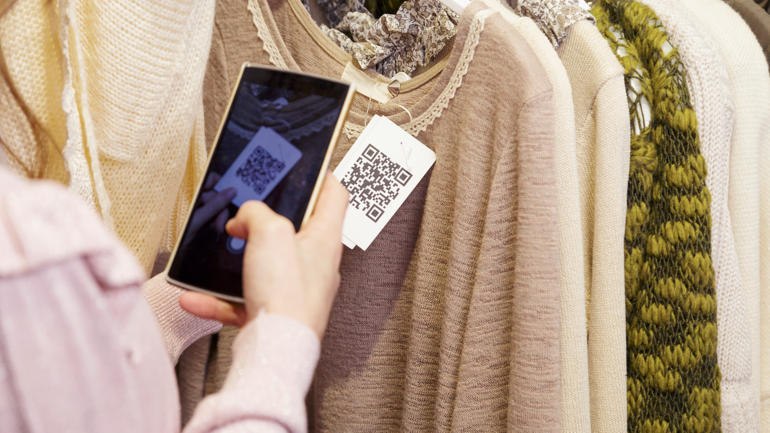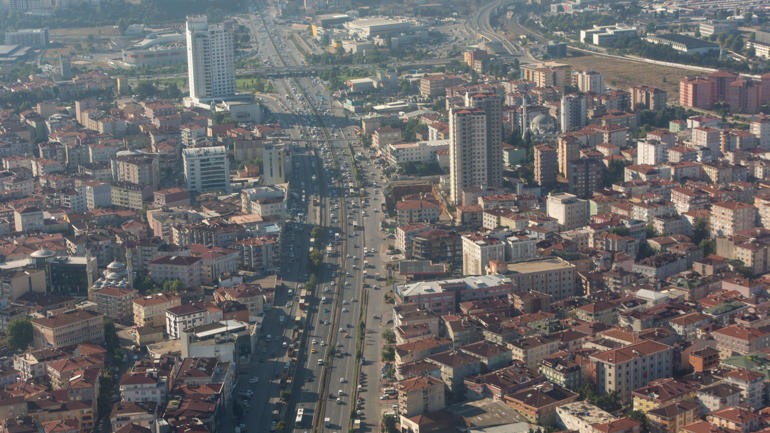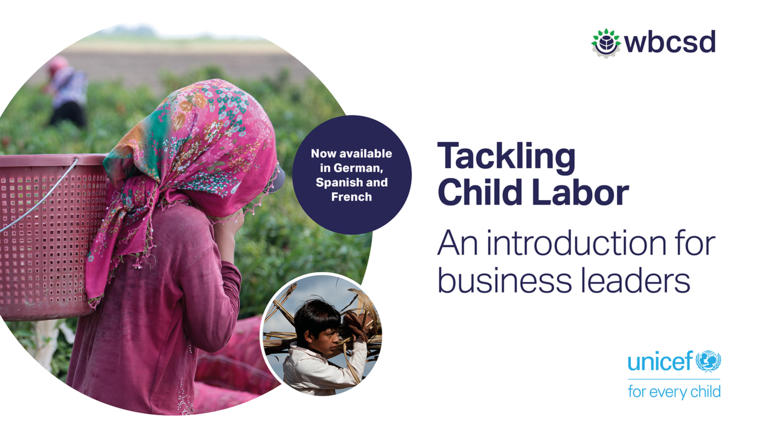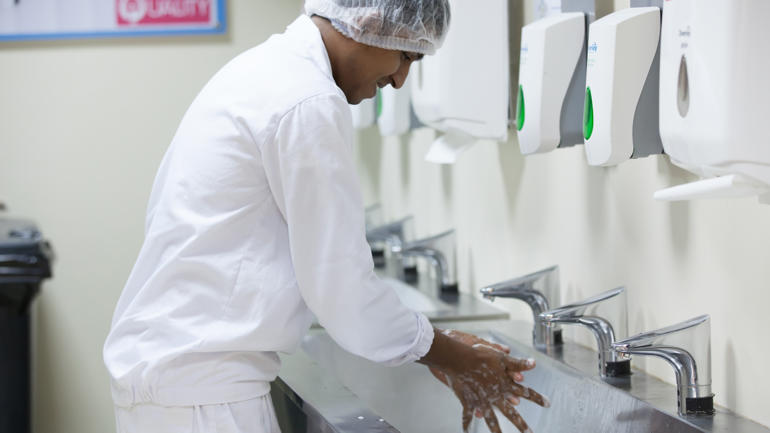Geneva, 27 November 2018: Since the launch of the UN Guiding Principles on Business and Human Rights (UNGP) in 2011, companies’ attention has been directed towards a series of developments supporting business action to address human rights issues. Earlier this year, we highlighted how legal regulations and benchmarking are increasing the pressure on companies to disclose human rights-related information and subsequently take meaningful action in light of their findings (here). In this article, we explore how emerging tech-based tools and instruments hold the potential to raise the bar when it comes to embedding respect for human rights in company operations and along value chains - ultimately improving the lives of millions.
Digital technologies are opening up numerous new possibilities to identify, analyze and remedy human rights risks. New technology is allowing improved verification of data, making findings more reliable for business decision-making, reporting and external scrutiny. Beyond this, emerging technology is being adapted to provide tools for companies to develop better solutions to predict, prevent and respond to human rights abuses in their value chains and ultimately enable the people upon whom business success relies to enjoy increased dignity, security, freedom and opportunity in their private and professional lives.
But what does this mean for companies in practice? What can some of these new technologies tangibly be used for as far as business and human rights are concerned?
Data and information collection
New technologies enable companies and other stakeholders to receive information that indicates the violation of people’s land property, whether products come from verified suppliers, or if health and safety standards are being respected. Satellites, drones, balloons and other aerial vehicles can monitor land, natural ecosystems, movement of materials and products from origin to points of sale. Smart sensors, like radio-frequency identification (RFID) and smart dust are small to microscopic wireless technologies used to tag items with unique identification, gather data on materials, physical environment and natural ecosystems or simply track and trace materials and/or products (often without requiring human intervention on the ground).
Another way of collecting information is through hotlines, apps and chatbots. These instruments can be used to give workers a voice to express their concerns and ideas as well as to report human rights abuses either directly to their own employers, to government authorities or to third parties.
Unilever is exploring the innovative use of traditional marketing tools and social media to communicate and interact with supply chain participants. The Responsible Labor Initiative, supported by Apple and Walmart, among others, uses mobile technology for worker surveys, training and helplines.
Emerging examples across the world
- With the aid of satellite technology, cloud computing and machine learning, Global Fishing Watch is building an accurate picture of commercial fishing across the globe. Vessels are tracked using the Automatic Identification System (AIS). This colossal quantity of data is fed through neural networks using computer algorithms to learn and look for patterns. Finally, the findings are shared online through maps, visualizations and raw data downloads, assisting authorities and stakeholders identify the illegal transfer of fish or crews between vessels, or spot vessels that have been at sea for extended periods of time, practically neglecting their crew a break from work.
Data storage and analysis
The very large volume of data (big data) created by these technologies can be of great support in business decision-making, as they allow companies to confirm or reveal new patterns, trends and correlations. Businesses have always collected data; the real change big data brings to the picture comes from what is known as the ‘three Vs’ of Big Data:
- Volume: the amount of data collected and stored;
- Velocity: the increasing speed of data collection and processing; and
- Variety: the different types of structured (numeric) and unstructured (text, video, audio, etc.) data.
In the context of human rights, all of the above allows business to strengthen their decisions related to human rights issues based on immense (rather than limited) data sets, and to respond more quickly – sometimes in real time, or even prevent an incident before it occurs.
As part of a partnership with the UN Human Rights Office, Microsoft developed “Rights View” - an information ‘dashboard’ that allows UN staff to aggregate large quantities of internal and external data on specific countries and types of rights violations in real time. This innovative system facilitates analysis, early warnings of emerging critical issues and guides appropriate responses. This tool is just one example of how technology can be harnessed to improve human rights.
Emerging examples across the world
- Laborlink is a mobile application that lets factory workers report workplace abuses and provide general feedback – either identified or anonymously. It has reached more than 1,000,000 workers in the supply chains of major apparel and electronics companies in 16 countries – drastically improving upon traditional workplace audits.
- A defining issue of recent years is sexual harassment and inappropriate behavior at the workplace. To try to answer this, Spot was created as a safe and anonymous way to document harassment and discrimination. A 24/7 anonymous support chat function allows employees to talk or choose to submit a report to their organization. The required action is then taken by the company or organization.
Data ledger and visibility
A blockchain is a public digital ledger that is used to record transactions chronologically and publicly through distributed computing. While known to most for its use in cryptocurrencies, blockchain in fact offers numerous applications for non-financial purposes. Leveraging its key characteristics as a digital and decentralized ledger on which stored data is undeletable and unchangeable, blockchain allows the recording, tracking and verifying of any kind of transaction and event. In practice, blockchain has myriad uses, including:
- Providing farmers and fishermen with digital identities – in some cases this is the first time they can register or own their legal identity.
- Tracing, verifying and certifying the origin of agricultural and seafood products and the conditions they are produced in.
- Validating the transaction of finances for products and ensure the payment of (fair) wages.
- Visualizing information and making it available and accessible to those who want or need it, including managers, business partners, consumers, auditors and investors.
WBCSD member companies are harnessing the power of blockchain and big data: Olam’s AtSource for example is a digital dashboard that provides instant access to data to understand and trace a product’s social and environmental footprint, and to support sustainability-driven business decisions.
A partnership between DNV GL and VeChain relies on blockchain to improve the transparency of product and supplier information. Starting in the food and beverage or retail and fashion industries, the partners plan to progressively expand to cover other industries in the future.
Emerging examples across the world
- Bluenumber is a revolutionary way of identifying people, places, things and entities to show who produced food, clothes or mined the metal in electronics.
- The Swiss non-profit, SlaveFreeTrade, has taken an innovative and technology-oriented approach to ending modern slavery. By using AI and a consumer-focused approach, they are giving business the tools to make their supply chains slavery-free.
- Traseable Solutions is working with WWF, Sea Quest and Viant/ConsenSys to end illegal fishing and human rights abuse in the fishing industry. Through the use of blockchain in the Pacific Islands, a “bait to plate” program is helping to trace every step of the produce’s journey to help people and the oceans.
- These days, most people want to know the origin of their food and the conditions of those along the supply chain. Provenance allows just this: through certification, verification and tracking of products and profiles for everyone along the supply chain, environmental and social impacts are better understood and closer to the consumer. This makes for more loyal and informed customers and builds trust from source to sale.
Challenges and considerations
New technology holds the potential to provide game-changing tools to address and eliminate modern forms of slavery, workplace accidents, child labor, sexual harassment and other human rights issues. With ever more information available and accessible to companies, consumers and investors, it is increasingly difficult for unpleasant facts about the food we eat, the clothes we wear and the products we use to be ignored or go unseen.
While technology may well assist in breaking down the barriers to improving corporate human rights performance and even solve persisting challenges, the implementation and scaling up of tech-based solutions face challenges of their own:
- The landscape of available technologies is complex, highly dynamic and always evolving. A lack of awareness and know-how of these technologies and fear of potentially negative implications (think of data privacy or worker surveillance issues) can lead to uncertainty about which solutions to invest in;
- As many technologies and their developers and providers are new, there is limited experience and expertise to prove their effectiveness;
- When data collection relies on people using technologies to report issues or share information, digital illiteracy and social acceptance can present a barrier for workers and farmers and result in a lack of relevant data that companies need for their analysis and decision-making;
- A lack of resources and cooperation between relevant parties can also inhibit companies from acting and investing in technologies that have the potential to address human rights issues.
In the coming months, the WBCSD Social Impact team will continue to share insights and discuss the potential of technology for human rights, addressing some of the above challenges through webinars and a WBCSD initiative, aimed at supporting member companies in leveraging the transformative potential of technology for human rights.
Feel free to contact us to share your own experiences, challenges and suggestions.
“There is only one difference between a clean supply chain and one built on slavery. Good will.”
(Brian Iselin, President of slavefreetrade)










